Description
Diethylene Glycol (DEG): A Silent Threat in Pharmaceuticals and Beyond
Diethylene glycol (DEG) is a colorless, odorless, and hygroscopic (water-absorbing) organic compound with the chemical formula (HOCH2CH2)2O. While it has legitimate industrial applications, DEG is notoriously known as a toxic substance, particularly when it contaminates pharmaceuticals, food, and other consumer products. The use of DEG in applications where it shouldn’t be has resulted in numerous tragedies globally, highlighting the critical importance of rigorous quality control and supply chain security.
Industrial Uses and Legitimate Applications:
DEG is primarily used as a:
- Chemical intermediate: It serves as a building block in the production of various chemicals, including polyester resins, plasticizers, and antifreeze.
- Solvent: DEG can dissolve certain substances that are insoluble in water, making it useful in specific industrial processes.
- Humectant: Its ability to absorb moisture makes it useful in maintaining the moisture content of certain products, such as textiles and paper.
The Danger of Contamination:
The problem arises when DEG is intentionally or accidentally substituted for safer, more cost-effective solvents, particularly in pharmaceutical preparations. This substitution is often motivated by economic gain, as DEG is significantly cheaper than pharmaceutical-grade solvents like glycerin or propylene glycol. However, the consequences of such substitution can be devastating.
Health Effects:
DEG is highly toxic to humans. Ingestion, even in small amounts, can lead to:
- Kidney failure: This is the most common and severe health effect of DEG poisoning. The substance damages the kidneys, leading to acute kidney injury and potentially death.
- Neurological problems: DEG can cause neurological damage, leading to symptoms like altered mental status, seizures, and paralysis.
- Gastrointestinal issues: Nausea, vomiting, and abdominal pain are common early symptoms of DEG poisoning.
- Death: Tragically, DEG contamination has resulted in numerous fatalities worldwide, especially among vulnerable populations like children.
Notable DEG Poisoning Incidents:
History is unfortunately littered with examples of DEG-related mass poisonings. Some of the most devastating incidents include:
- The United States (1937): Elixir Sulfanilamide, a liquid form of the antibiotic sulfanilamide, was prepared using DEG as a solvent, leading to over 100 deaths. This tragedy spurred the passage of the 1938 Federal Food, Drug, and Cosmetic Act, which strengthened regulations for drug safety.
- Nigeria (1990): Paracetamol syrup contaminated with DEG killed over 100 children.
- Haiti (1995-1996): Glycerin used in cough syrup was contaminated with DEG, resulting in dozens of deaths.
- Panama (2006): Cough syrup and other medications were contaminated with DEG, causing hundreds of deaths and illnesses.
- Indonesia (2022): Acute Kidney Injury cases were identified in children and traced back to the ingestion of syrup-based medicines containing DEG and Ethylene Glycol.
- Gambia (2022): The World Health Organization (WHO) issued an alert after dozens of children died due to cough syrups contaminated with DEG and ethylene glycol.
- Uzbekistan (2022): Contaminated cough syrups led to multiple deaths and injuries among children.
Prevention and Mitigation:
Preventing DEG contamination requires a multi-faceted approach, including:
- Stringent Quality Control: Pharmaceutical manufacturers must implement rigorous quality control measures to ensure the purity and safety of all ingredients used in their products. This includes thorough testing and verification of raw materials.
- Supply Chain Security: Establishing secure and transparent supply chains is crucial. Manufacturers need to carefully vet their suppliers and ensure that all materials are sourced from reputable and reliable sources.
- Regulatory Oversight: Strong regulatory oversight by government agencies is essential for enforcing quality standards, conducting inspections, and taking swift action against manufacturers who violate regulations.
- Education and Awareness: Raising awareness among healthcare professionals, pharmacists, and the public about the dangers of DEG contamination can help prevent future incidents.
- Rapid Response: In the event of a suspected DEG poisoning, a rapid and coordinated response is critical. This includes identifying the source of contamination, removing affected products from the market, and providing medical care to those who have been exposed.
Conclusion:
Diethylene glycol poses a significant threat to public health when it contaminates pharmaceuticals and other consumer products. Preventing future tragedies requires a collective effort from manufacturers, regulators, healthcare professionals, and the public. By implementing robust quality control measures, securing supply chains, strengthening regulatory oversight, and raising awareness, we can work together to eliminate the risk of DEG poisoning and protect the health and well-being of communities worldwide. The lessons learned from past incidents must serve as a constant reminder of the critical importance of vigilance and prevention in ensuring the safety of our medications and products.

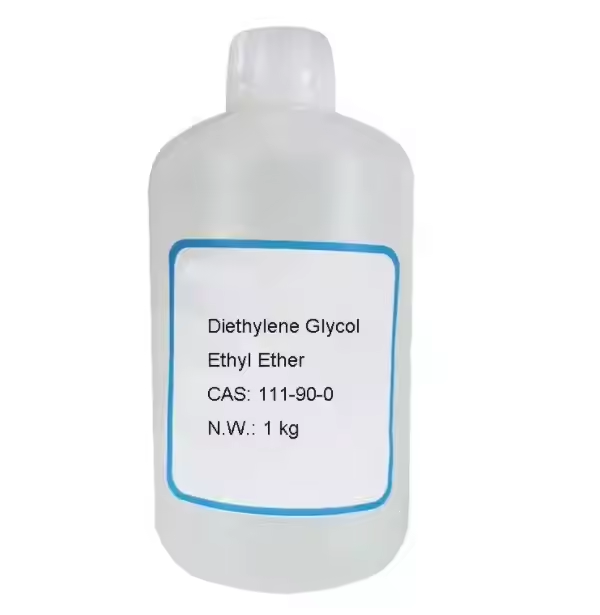
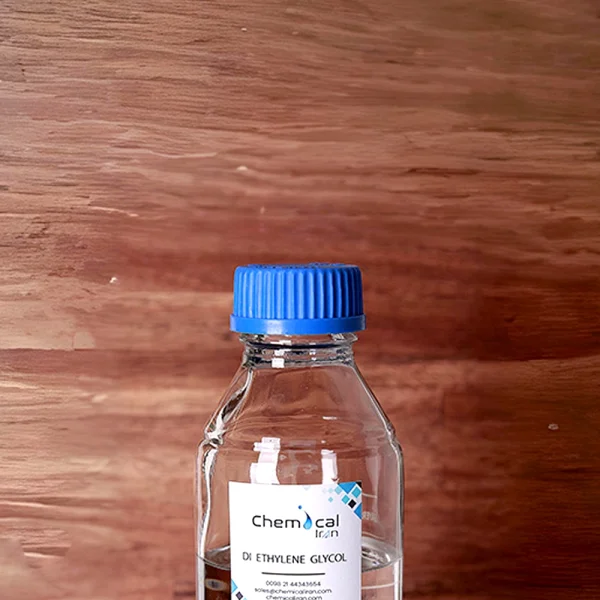
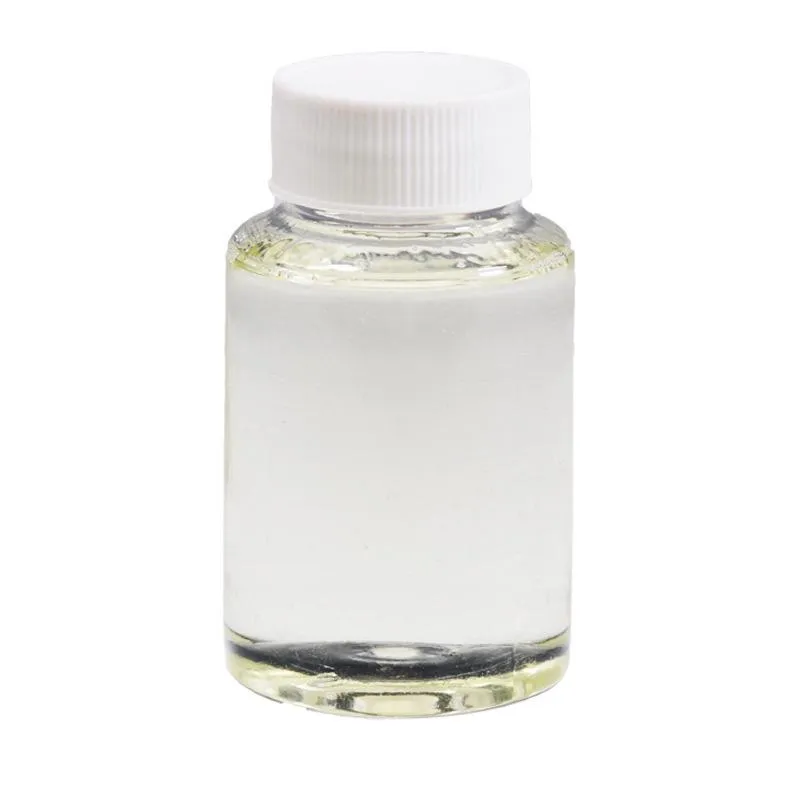


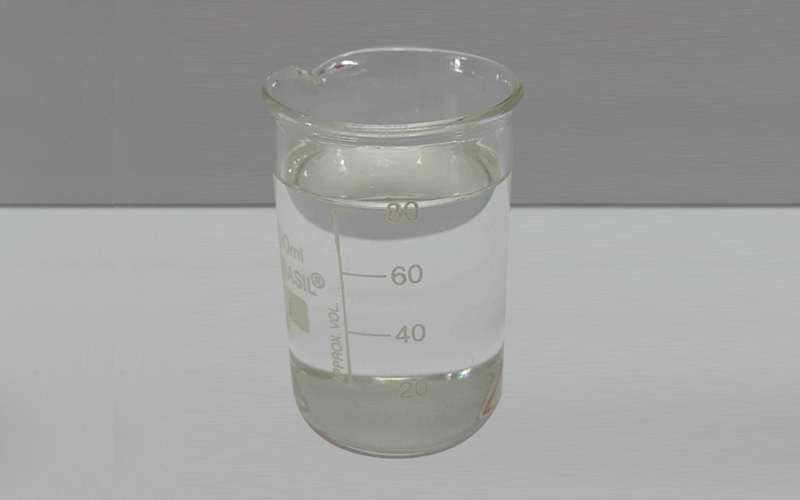
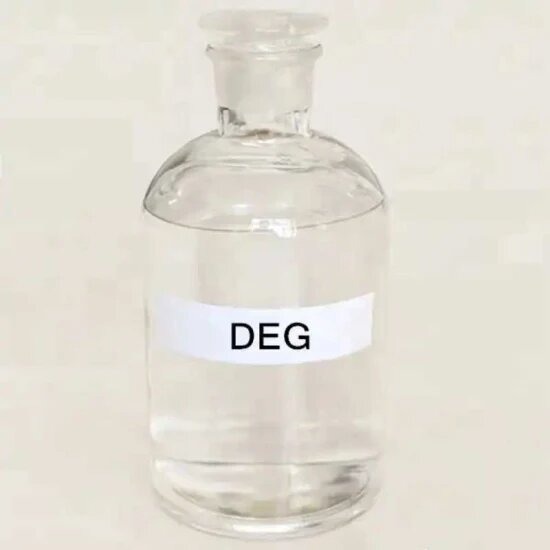

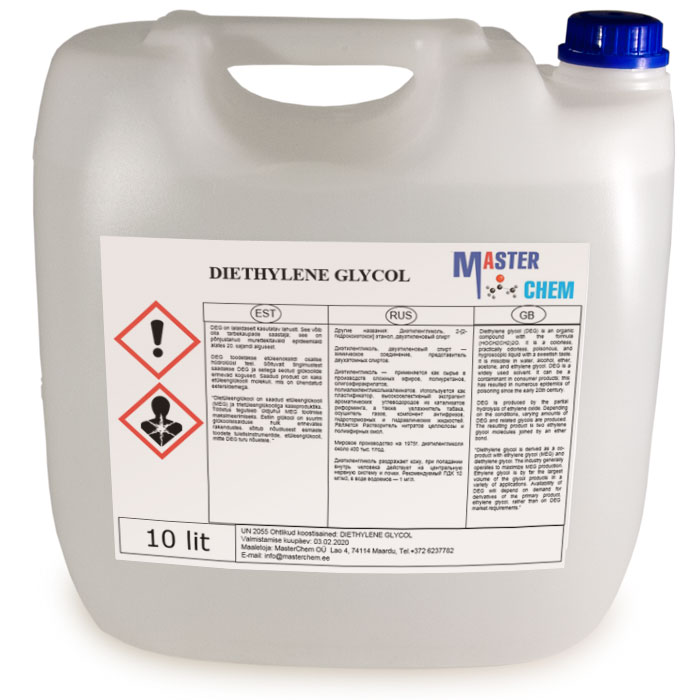
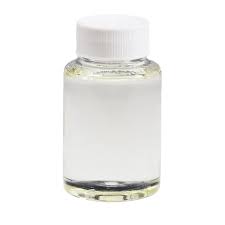
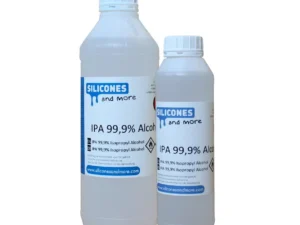



Reviews
There are no reviews yet.